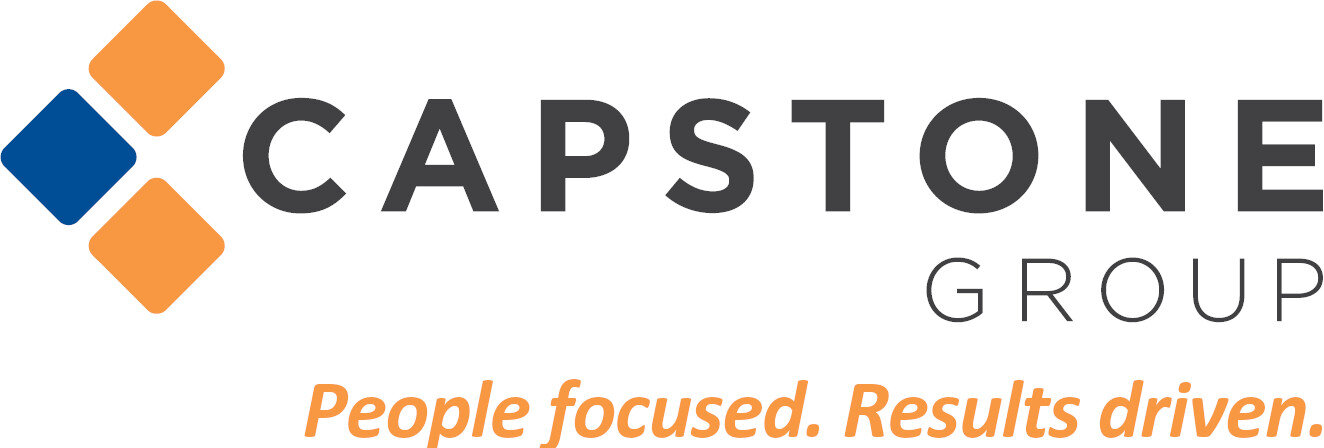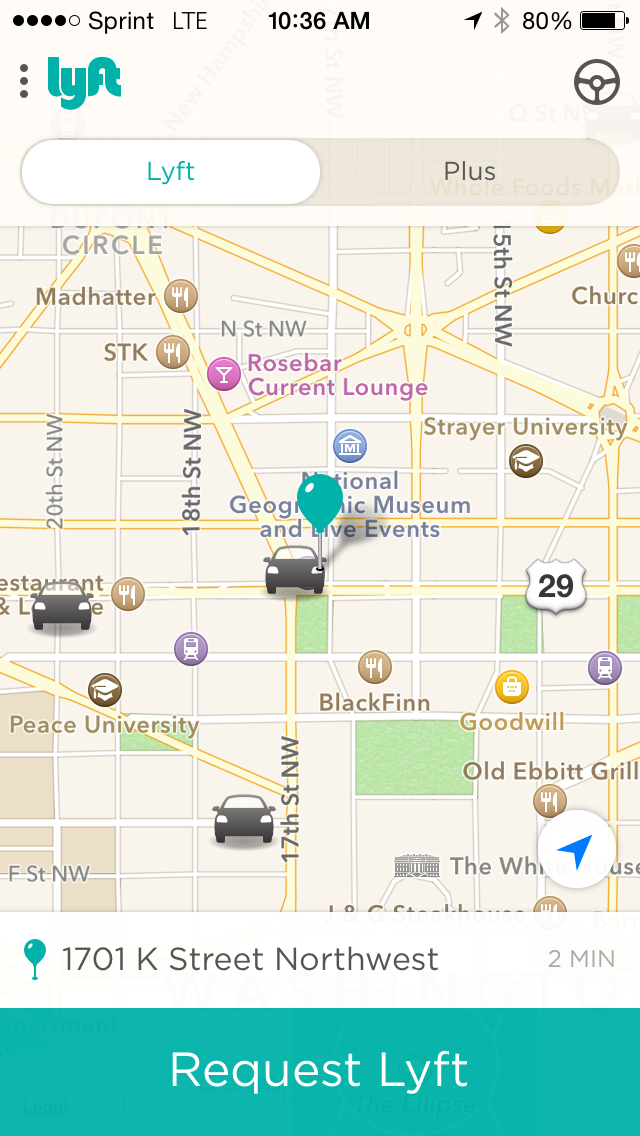You’ve probably seen the life insurance commercials in which small children, all wide-eyed and adorable, ask questions like, “Hey, Dad, what’s life insurance?”
While these campaigns are supposed to put a small lump in your throat, most people don’t think about life insurance until they absolutely have to. That usually happens when their financial well-being becomes increasingly intertwined with someone else’s, which can come with getting married, buying a home or, the big one, bringing a child into the world.
Those happy events don’t make the task of buying life insurance any more pleasant — just more urgent.
“It is one of those things that people put off,” said Emilie R. Goldman, a financial planner in San Mateo, Calif. “Most people I talk to are pretty surprised about the amounts they need and often think because they have coverage at work, it’s enough.”
That’s hardly ever the case. So consider this a back-to-basics guide that will help sort out what you need as quickly and efficiently as possible. Buying insurance has a lot in common with ripping off a Band-Aid: You just need to do it and then get on with the business of living.
Below are answers to some of the most common questions that are likely to arise:
What type do I need?
Most people are best served by a plain-vanilla term insurance policy. At least that’s what many financial planners — who are paid a fee for their advice — will recommend. As the name suggests, these policies pay a set amount if the policy owner dies within the boundaries of the term, typically somewhere between 10 years and 30 years.
Term insurance is simple, the policy features generally don’t vary greatly across providers (other than the cost), and it’s cheap compared with other types of insurance.
A healthy 30-year-old woman might pay $38 a month for a $1 million policy with a 20-year term (men pay $10 more), according to PolicyGenius, an online insurance brokerage. A 45-year-old woman might pay about $48 a month for a $500,000 policy with a 20-year term ($60 for men). Smokers can expect to pay two to three times as much.
But don’t be surprised if you find yourself sitting across the table from an insurance agent who tries to push a permanent insurance policy, like whole life or universal life insurance. Those policies generate higher commissions, so there’s that temptation for the agent.
And even if the agent truly believes in the merits of permanent insurance, which can accumulate a cash value, it is far more expensive, often costing several thousand dollars a year.
Permanent life insurance can, however, be the right choice for people who will always have a need for life insurance. They might include the parents of a child with special needs or a wealthy family who will owe estate taxes.
How much to buy?
The rule of thumb tossed around most often is to buy coverage worth 10 times the policyholder’s salary. But each family’s needs will vary depending on what amount of income the family is seeking to replace and what other items family members may want, or need, to pay for.
Would you want to take time off from work if a spouse died? Pay off the mortgage (or just receive enough to continue making payments)? Pay for a portion or all of college? Are there any debts that would need to be repaid?
Matt Becker, a financial planner in Florida whose practice focuses on younger families, said working parents should buy enough insurance to replace their income for five to 20 years, depending on how old their children are and whether a spouse or partner could support the children on one income.
“For a stay-at-home parent, you should consider the cost of hiring someone else to perform all of your daily duties,” added Mr. Becker, who created a life insurance guide and a work sheet to calculate how much insurance you’ll need. The costs can add up, particularly when considering child care, buying and preparing meals, chauffeuring children around and the overall job of keeping a household running.
One policy or more?
Families’ needs will probably change over time, so some individuals may consider buying policies with different expiration dates: maybe a $1 million policy with a 20-year term that gets the children through college and another $500,000 policy with a 30-year term that gets you to retirement.
That’s a strategy suggested by Mark Maurer, president of Low Load Insurance Services, which provides insurance to other fee-only advisers. “You’re layering it for different milestones,” he added.
But since it’s usually cheaper to buy term insurance in bulk, he said it wasn’t always cost-effective to buy policies in increments of less than $500,000.
Buy the policy as soon as the need arises, or even earlier. Pregnant women, particularly late in their pregnancies, may pay more because of their weight and naturally elevated cholesterol levels.
Who should I name as beneficiary?
The easiest alternative for a happily married couple is to name one another as the beneficiary.
But if both parents die and a minor child is named as a contingent beneficiary, or if a single parent names a child as a beneficiary, matters can get complicated. Surrogate courts will probably get involved.
The simplest and most inexpensive way to avoid this situation is to have the policyholder’s will create a testamentary trust after the holder’s death. The trust is named as the beneficiary, providing instructions for a named trustee, said Steven A. Loeb, a lawyer with Fein, Such, Kahn & Shepard, in Parsippany, N.J.
But that’s not the only option. An individual can also create a revocable living trust, which essentially serves as a will but has the added benefit of avoiding probate, the sometimes-lengthy court-directed process to settle a will. Unlike a will, the trust remains private and doesn’t become a public record, as long as it’s properly funded.
Then there’s the bulletproof option. Parents can name an irrevocable life insurance trust as the owner and beneficiary of the policy. Not only does that protect the money from creditors (helpful for doctors subject to malpractice suits), it also removes the proceeds from the estate for tax purposes.
Life insurance proceeds aren’t subject to income taxes, but the amount is included in the deceased’s estate, said Brett J. Barthelmeh, an estate planning attorney with Squillace & Associates in Boston.
That isn’t a problem for most people, now that the federal estate tax exemption is $5.45 million (double that for married couples). And while there are states with far lower exemptions for state estate taxes — New Jersey is a mere $675,000 and Massachusetts is $1 million — many families don’t set up trusts to avoid those taxes.
Why? Assets left to a spouse are not subject to estate taxes. And the surviving spouse is likely to spend a big chunk of the insurance money anyway. But state estate taxes could become an issue, at least in certain states, if both parents died with substantial policies.
Where to buy it?
It pays to shop around to see which insurer offers the best price for specific circumstances. And instead of working with a broker exclusively affiliated with a single insurer, work with an independent agent who has access to the top term insurance providers.
That’s important because some insurers may provide better pricing for people who are overweight, while others may be more competitive for policyholders, say, in their 40s and 50s. Financial planners should also have solid recommendations.
What about just buying coverage through an employer? It’s usually not a good idea.
“If you’re healthy, individually underwritten coverage is better than group,” said Byron J. Udell, founder and president of AccuQuote. That’s because employer-provided group coverage doesn’t usually require a medical exam, so workers pay a bit more to account for less healthy people in the mix. Also, employer policies are generally not portable if you switch jobs.
But the biggest mistake people with dependents can make, however, is not buying any term insurance at all.
Read more here.














